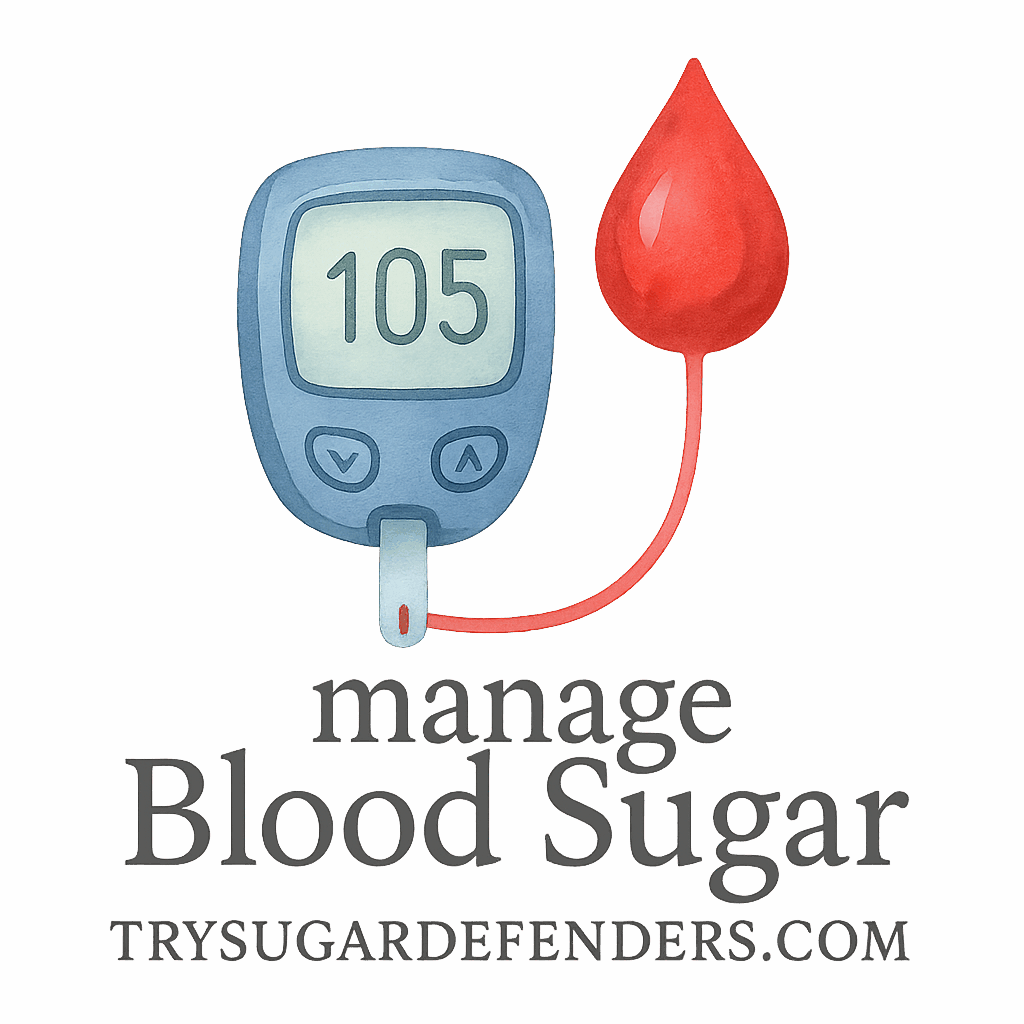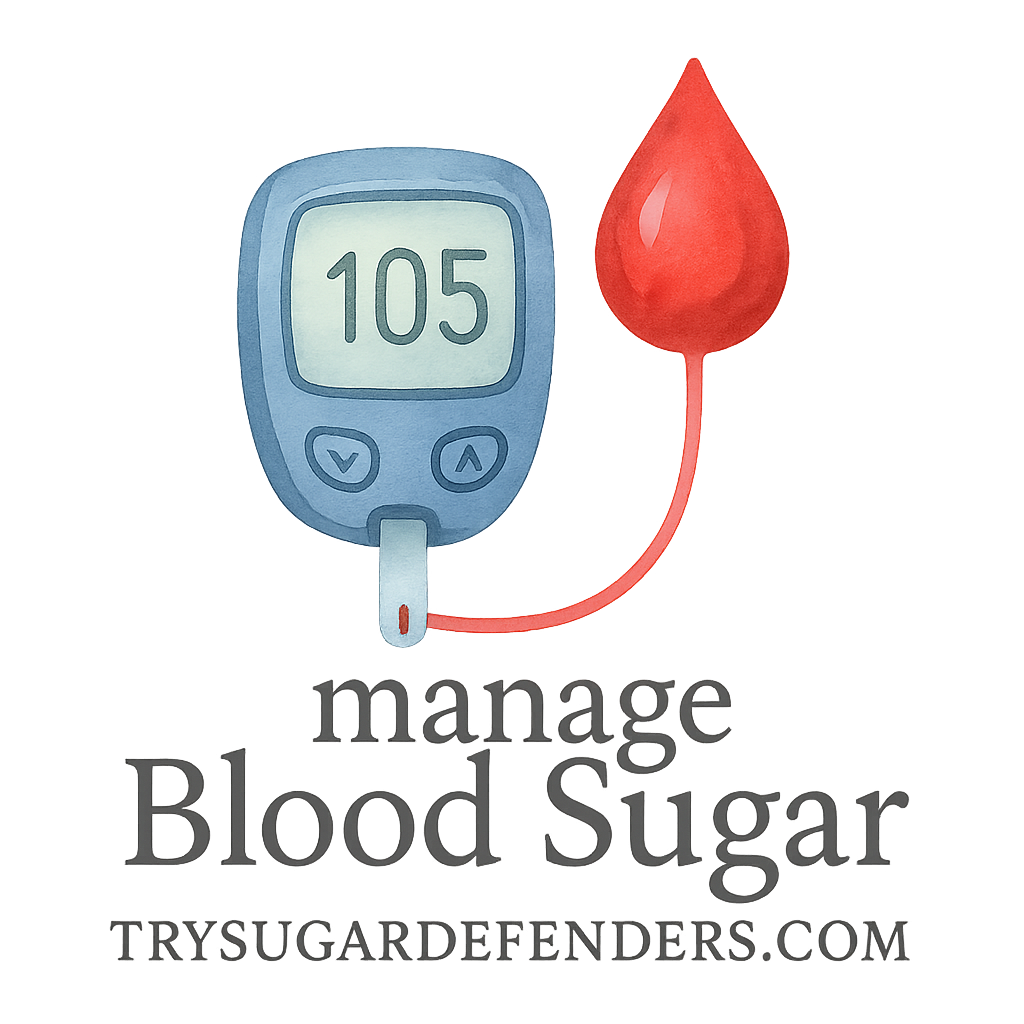Introduction
Feeling stressed lately? You’re not alone. But did you know that chronic stress can actually send your blood sugar levels soaring? The good news: you can fight back naturally with the power of relaxation.
In this guide, we’ll dive into 10 relaxation exercises to lower blood sugar naturally—all backed by science and easy to weave into your daily routine. So, take a deep breath, and let’s get started!
Understanding the Connection Between Stress and Blood Sugar
How Stress Impacts Blood Sugar Levels
When you’re stressed, your body goes into fight-or-flight mode. This triggers the release of stress hormones like cortisol and adrenaline, which in turn prompt your liver to release more glucose into the bloodstream for quick energy. Great if you’re running from a bear—not so great if you’re sitting at your desk.
Over time, chronic stress can lead to insulin resistance, making it harder to manage your blood sugar.
The Role of Relaxation in Blood Sugar Control
Relaxation techniques help calm your nervous system, reduce cortisol levels, and improve insulin sensitivity. In fact, relaxation is one of the cornerstones of a holistic approach to blood sugar management, alongside diet, exercise, and monitoring—check out diet and nutrition strategies here and exercise lifestyle tips here.
1. Deep Breathing Techniques
How Deep Breathing Lowers Blood Sugar
Deep breathing activates the parasympathetic nervous system—your body’s “rest and digest” mode. This lowers stress hormone production, resulting in more stable blood sugar levels.
Simple Deep Breathing Exercise
- Sit or lie down comfortably.
- Place one hand on your belly.
- Inhale deeply through your nose for 4 counts.
- Hold for 4 counts.
- Exhale slowly through your mouth for 6 counts.
- Repeat for 5-10 minutes.
2. Progressive Muscle Relaxation (PMR)
What is PMR?
PMR is a technique where you tense and then relax different muscle groups in sequence, helping release physical tension and calming your mind.
Steps to Practice PMR
- Start at your feet and work your way up.
- Tense each muscle group for 5 seconds, then release for 15 seconds.
- Continue through calves, thighs, abdomen, chest, arms, neck, and face.
3. Guided Imagery and Visualization
How Visualization Helps Blood Sugar
When you picture soothing scenes or imagine positive outcomes, your brain and body respond as if the experience is real—lowering stress and, in turn, blood sugar.
Quick Visualization Example
Imagine lying on a warm beach, hearing waves lapping gently as the sun warms your skin. Breathe deeply and let each exhale release stress.

4. Yoga for Blood Sugar Control
Best Yoga Poses for Relaxation and Blood Sugar
- Child’s Pose
- Legs-Up-The-Wall Pose
- Reclining Bound Angle Pose
- Corpse Pose
These poses calm the mind and promote circulation.
Incorporating Yoga into Your Routine
Start with a 10- to 20-minute gentle yoga flow 3–4 times a week. Pair it with your blood sugar monitoring—here’s a helpful guide on tracking progress.
5. Tai Chi and Qigong
Benefits of Tai Chi and Qigong
These ancient practices combine slow, flowing movements with mindful breathing, reducing stress and improving glucose metabolism.
Getting Started with Tai Chi/Qigong
Look for local classes or beginner videos online. Just 15–20 minutes a few times a week can make a difference.
6. Meditation and Mindfulness
How Meditation Affects Blood Sugar
Mindfulness meditation helps break the cycle of stress and improves emotional well-being, promoting better glucose control.
Simple Meditation Techniques
- Set a timer for 5-10 minutes
- Focus on your breath
- Gently return attention when your mind wanders
You can also explore behavioral mental strategies to deepen your practice.
7. Journaling for Stress Relief
Why Journaling Works
Writing down thoughts and emotions can help clear mental clutter and reduce emotional stress, which impacts blood sugar.
Journaling Prompts for Lower Stress
- “What am I grateful for today?”
- “What’s weighing on my mind?”
- “What small act of self-care can I do today?”
8. Aromatherapy for Relaxation
Essential Oils That Help Lower Blood Sugar
- Lavender
- Bergamot
- Frankincense
- Chamomile
How to Use Aromatherapy
Diffuse essential oils, add a few drops to a warm bath, or use in massage oils. Learn more about medical supplements here to complement this approach.
9. Nature Walks and Green Therapy
How Nature Walks Help with Blood Sugar
Spending time in nature reduces cortisol levels and encourages physical movement—both key for blood sugar balance.
Tips for Mindful Nature Walking
- Walk slowly and mindfully
- Tune in to sights, sounds, and scents
- Leave your phone behind or on silent
10. Music Therapy
The Power of Music on Blood Sugar
Listening to calming music slows the heart rate, lowers blood pressure, and reduces stress-induced glucose spikes.
Building a Relaxation Playlist
Create a playlist with your favorite calming tunes—think gentle instrumentals, nature sounds, or slow acoustic songs.
Combining Relaxation with Other Strategies
Pairing Relaxation with Diet and Exercise
For best results, combine relaxation techniques with a balanced diet—such as the Mediterranean diet—and regular activity.
Check out the full guide here.
Tracking Progress and Results
Keep track of your relaxation practice and monitor its effects using devices or blood sugar monitors. Learn more about monitoring and tracking here.
Conclusion
Incorporating relaxation exercises to lower blood sugar naturally is an empowering way to take charge of your health. The key? Consistency.
Whether it’s deep breathing, yoga, or music therapy, pick the techniques that resonate with you and practice regularly. And don’t forget to pair them with smart nutrition, movement, and tracking for the best results.
Ready to take control? Explore more tips and tools at Sugar Defenders.
FAQs
1. Can relaxation really lower blood sugar?
Absolutely! Relaxation techniques reduce cortisol and help improve insulin sensitivity—key for stable blood sugar.
2. How often should I practice these techniques?
Aim for 10–20 minutes daily. Even a few times a week can help.
3. Which is the best relaxation method for beginners?
Deep breathing and guided imagery are simple and effective starting points.
4. Can I combine these methods with medication?
Yes—relaxation complements your current medical plan. Always consult your doctor first.
5. Are there apps to help with relaxation?
Definitely! Many apps offer guided meditation, breathing exercises, and tracking tools.
6. Does yoga help with both stress and blood sugar?
Yes—yoga improves physical flexibility, reduces stress, and supports glucose metabolism.
7. Where can I find more tips for blood sugar management?
Head over to Sugar Defenders for more expert tips and insights!


